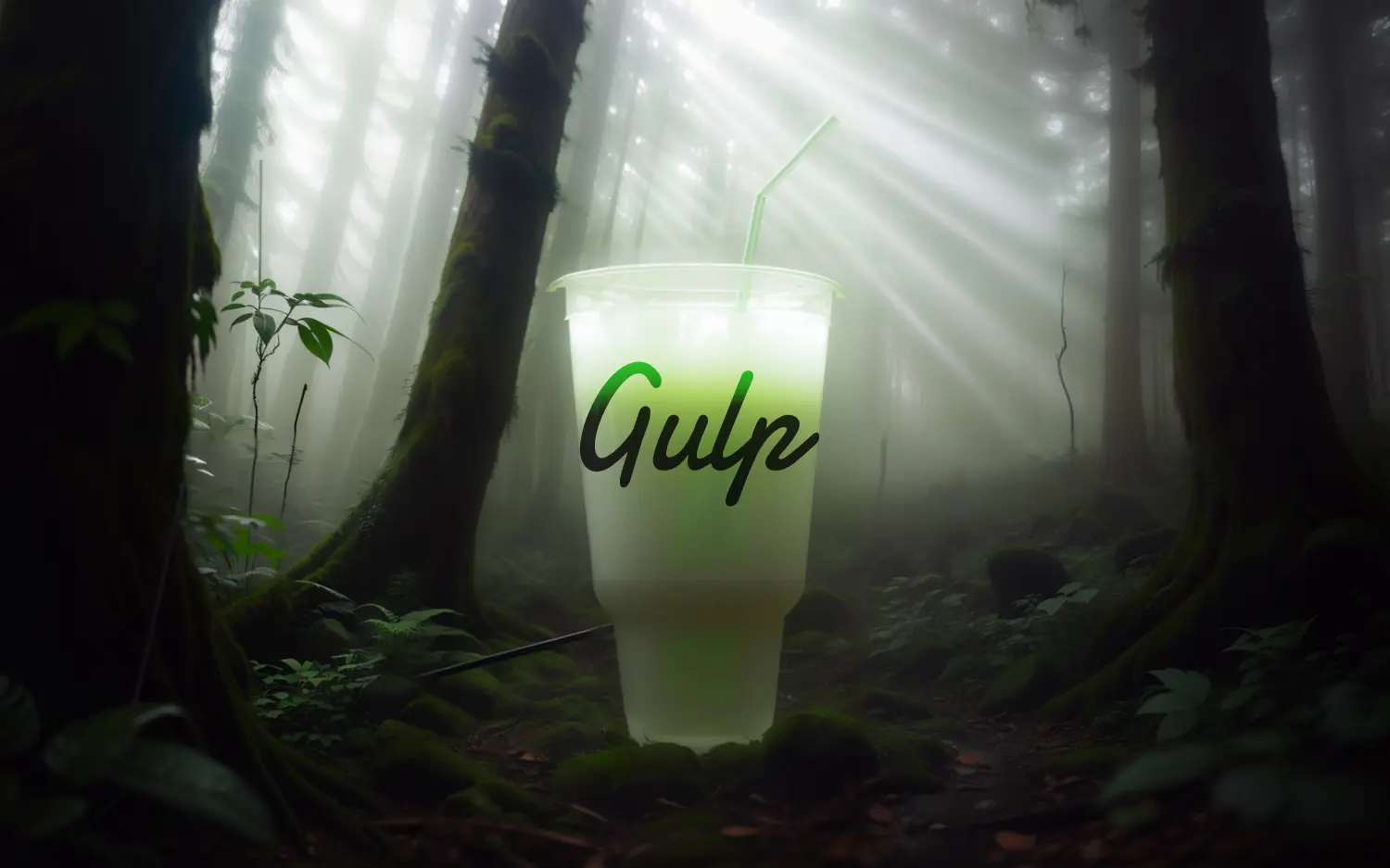Introduction to Gulp.js 10: Generating CSS Image Sprites

This is the 10th part of my series, Introduction to Gulp.js. Today, I will use Gulp.js to create CSS image sprites.
Just to be sure everybody knows what I’m talking about: A CSS image sprite is a collection of images put into a single image. This way, fewer requests are needed, and the website will load faster. The CSS file will move the image for each sprite to the correct position.
CSS image sprites are not used often anymore, because of SVG or vector fonts. But I use them as a fallback for browsers incapable of displaying vector fonts.
I will need a Spritesmith plugin for Gulp.js:
$ npm install --save-dev gulp.spritesmith@4.1.1
gulp/config.js
sprites: {
src: srcAssets + '/images/sprites/icon/*.png',
dest: {
css: srcAssets + '/scss/base/',
image: srcAssets + '/images/sprites/'
},
options: {
cssName: '_sprites.scss',
cssFormat: 'css',
cssOpts: {
cssClass: function (item) {
// If this is a hover sprite, name it as a hover one (e.g. 'home-hover' -> 'home:hover')
if (item.name.indexOf('-hover') !== -1) {
return '.icon-' + item.name.replace('-hover', ':hover');
// Otherwise, use the name as the selector (e.g. 'home' -> 'home')
} else {
return '.icon-' + item.name;
}
}
},
imgName: 'icon-sprite.png',
imgPath: '/assets/images/sprites/icon-sprite.png'
}
}
I split my config into three subsections: The source files (individual icons for the sprite), the destination for the sprite, and the CSS partial and the options for the image sprite. I use a custom cssClass which will generate :hover states by naming the hover sprites with -hover.
gulp/tasks/development/sprites.js
var gulp = require("gulp");
var spritesmith = require("gulp.spritesmith");
var config = require("../../config").sprites;
/**
* Generate sprite and CSS files from PNGs
*/
gulp.task("sprites", function () {
var spriteData = gulp.src(config.src).pipe(spritesmith(config.options));
spriteData.img.pipe(gulp.dest(config.dest.image));
spriteData.css.pipe(gulp.dest(config.dest.css));
});
In the end, I get two files: a partial _sprites.scss containing the class attributes and a sprite icon-sprite.png containing all images.
All development tasks are done now. We have got a running development server, tasks to create the Jekyll site, and all assets and tasks for linting, sprite, and vector font creation.
Next, I will write the tasks needed to get a production-ready code.
Conclusion
This concludes the 10th part of my series, Introduction to Gulp.js. Today, we learned how to create CSS image sprites with Gulp.js and Spritesmith.